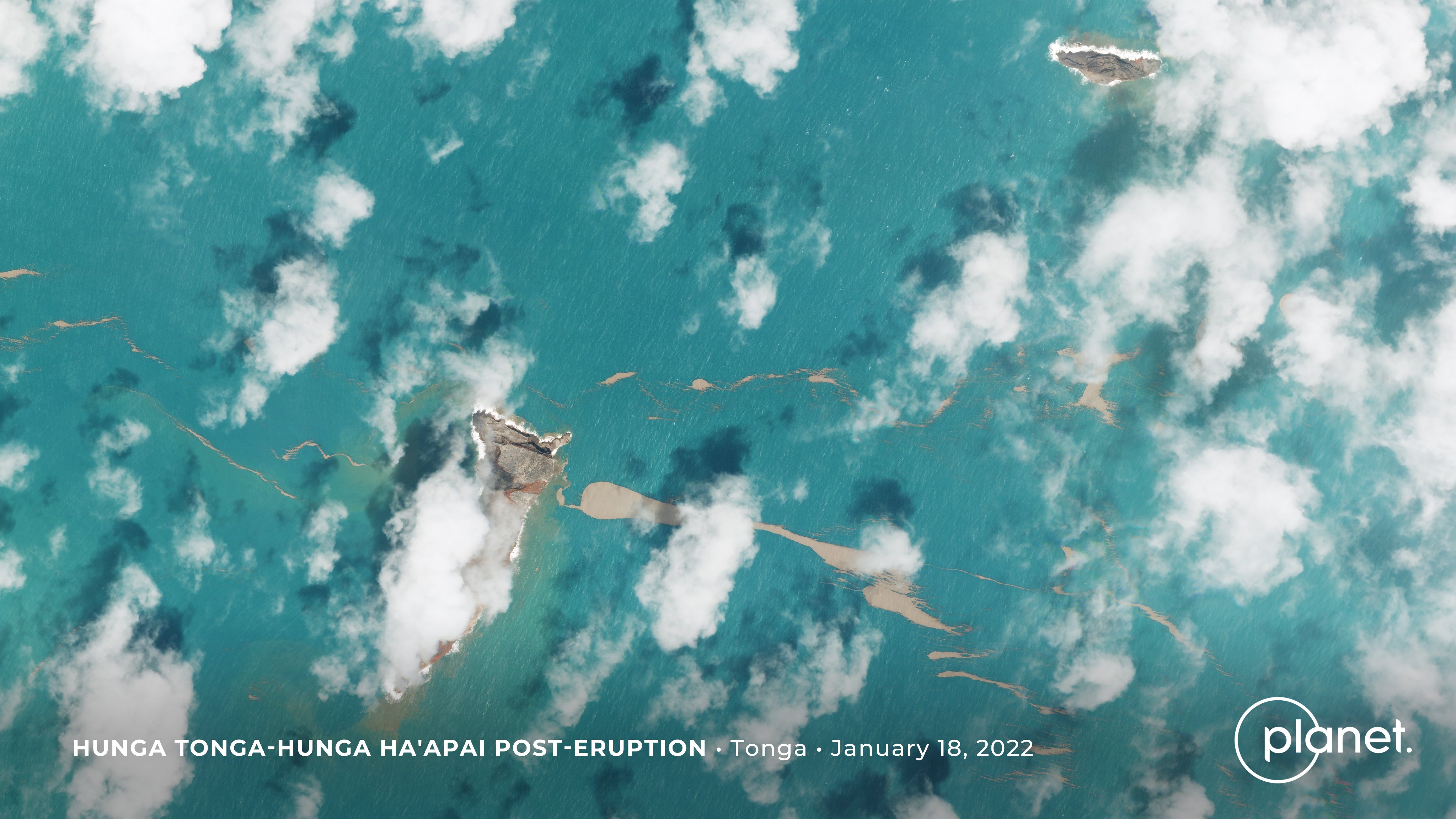A so-called light-toned deposit (LTD) in Eastern Night Labyrinthabout 160 km (99.4 miles) north-west of Oudemans crater near Mars’ equator, presents distinctive morphologic characteristics of a glacier, according to new research. Although the glacier is likely relict, the preservation of glacial features opens the possibility that water ice might still be preserved beneath LTD material.
“What we’ve found is not ice, but a salt deposit with the detailed morphologic features of a glacier,” said lead author Dr. Pascal Lee, a planetary scientist with the SETI Institute and the Mars Institute.
“What we think happened here is that salt formed on top of a glacier while preserving the shape of the ice below, down to details like crevasse fields and moraine bands.”
The relict glacier is estimated to be 6 km (3.7 miles) long and up to 4 km (2.5 miles) wide, with a surface elevation ranging from 1.3 to 1.7 km (0.9-1.1 miles).
The presence of volcanic materials blanketing the region hints of how the sulfate salts might have formed and preserved a glacier’s imprint underneath.
When freshly erupted pyroclastic materials come in contact with water ice, sulfate salts like the ones commonly making up Mars’ LTDs may form and build up into a hardened, crusty salt layer.
“This region of Mars has a history of volcanic activity,” said co-author Sourabh Shubham, a graduate student at the University of Maryland.
“And where some of the volcanic materials came in contact with glacier ice, chemical reactions would have taken place at the boundary between the two to form a hardened layer of sulfate salts.”
“This is the most likely explanation for the hydrated and hydroxylated sulfates we observe in this LTD.”
Over time, with erosion removing the blanketing volcanic materials, a crusty layer of sulfates mirroring the glacier ice underneath became exposed, which would explain how a salt deposit is now visible, presenting features unique to glaciers such as crevasses and moraine bands.
“Glaciers often present distinctive types of features, including marginal, splaying, and tic-tac-toe crevasse fields, and also thrust moraine bands and foliation,” said co-author Dr. John Schutt, a geologist at the Mars Institute.
“We are seeing analogous features in this light-toned deposit, in form, location, and scale. It’s very intriguing.”
The glacier’s fine-scale features, its associated sulfate salts deposit, and the overlying volcanic materials are all very sparsely cratered by impacts and must be geologically young, likely Amazonian in age, the latest geologic period which includes modern Mars.
“We’ve known about glacial activity on Mars at many locations, including near the equator in the more distant past,” Dr. Lee said.
“And we’ve known about recent glacial activity on Mars, but so far, only at higher latitudes.”
“A relatively young relict glacier in this location tells us that Mars experienced surface ice in recent times, even near the equator, which is new.”
“It remains to be seen whether water ice might still be preserved underneath the light-toned deposit or if it has disappeared entirely.”
“Water ice is, at present, not stable at the very surface of Mars near the equator at these elevations.”
“So, it’s not surprising that we’re not detecting any water ice at the surface.”
“It is possible that all the glacier’s water ice has sublimated away by now.”
“But there’s also a chance that some of it might still be protected at shallow depth under the sulfate salts.”
The scientists presented their findings March 16 at the 54th Lunar and Planetary Science Conference 2023 (LPSC 2023).
_____
Pascal Lee et al. A Relict Glacier near Mars’ Equator: Evidence for Recent Glaciation and Volcanism in Eastern Noctis Labyrinthus. LPSC 2023abstract # 2998
Note: This article have been indexed to our site. We do not claim legitimacy, ownership or copyright of any of the content above. To see the article at original source Click Here













![Watch the Webb Space Telescope Liftoff on Ariane 5 Rocket [Video] thumbnail](https://scitechdaily.com/images/Webb-Space-Telescope-Liftoff-scaled.jpg)